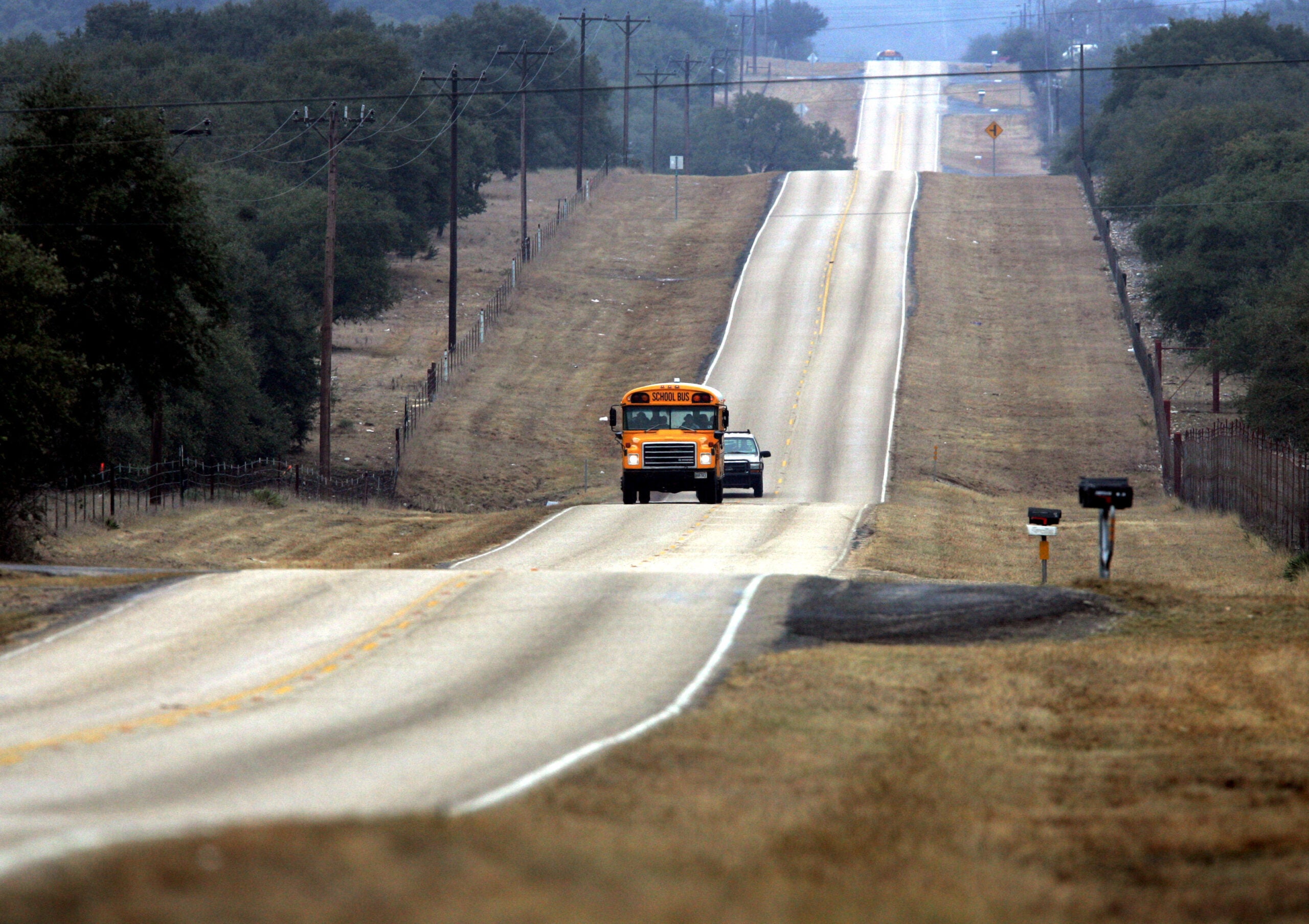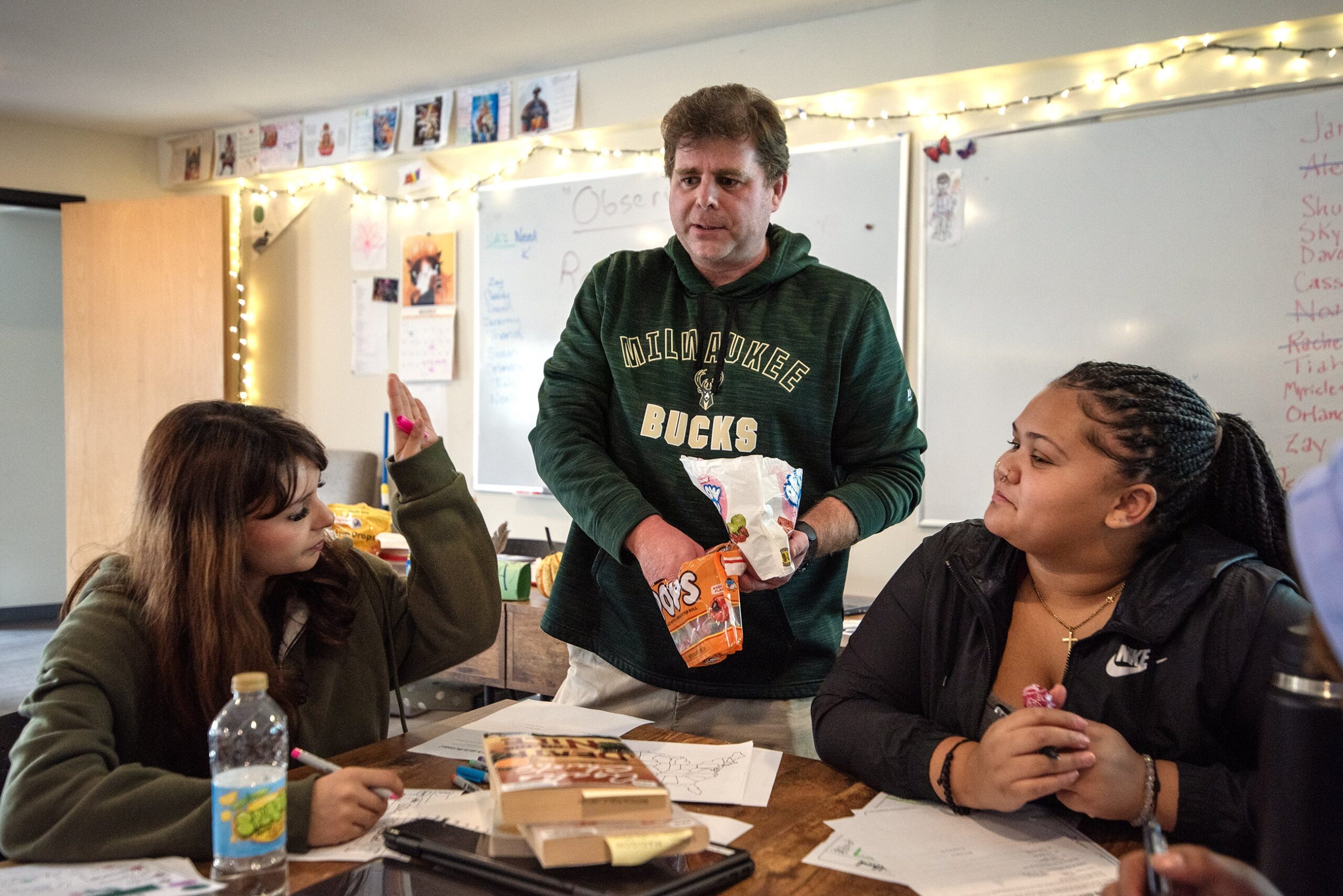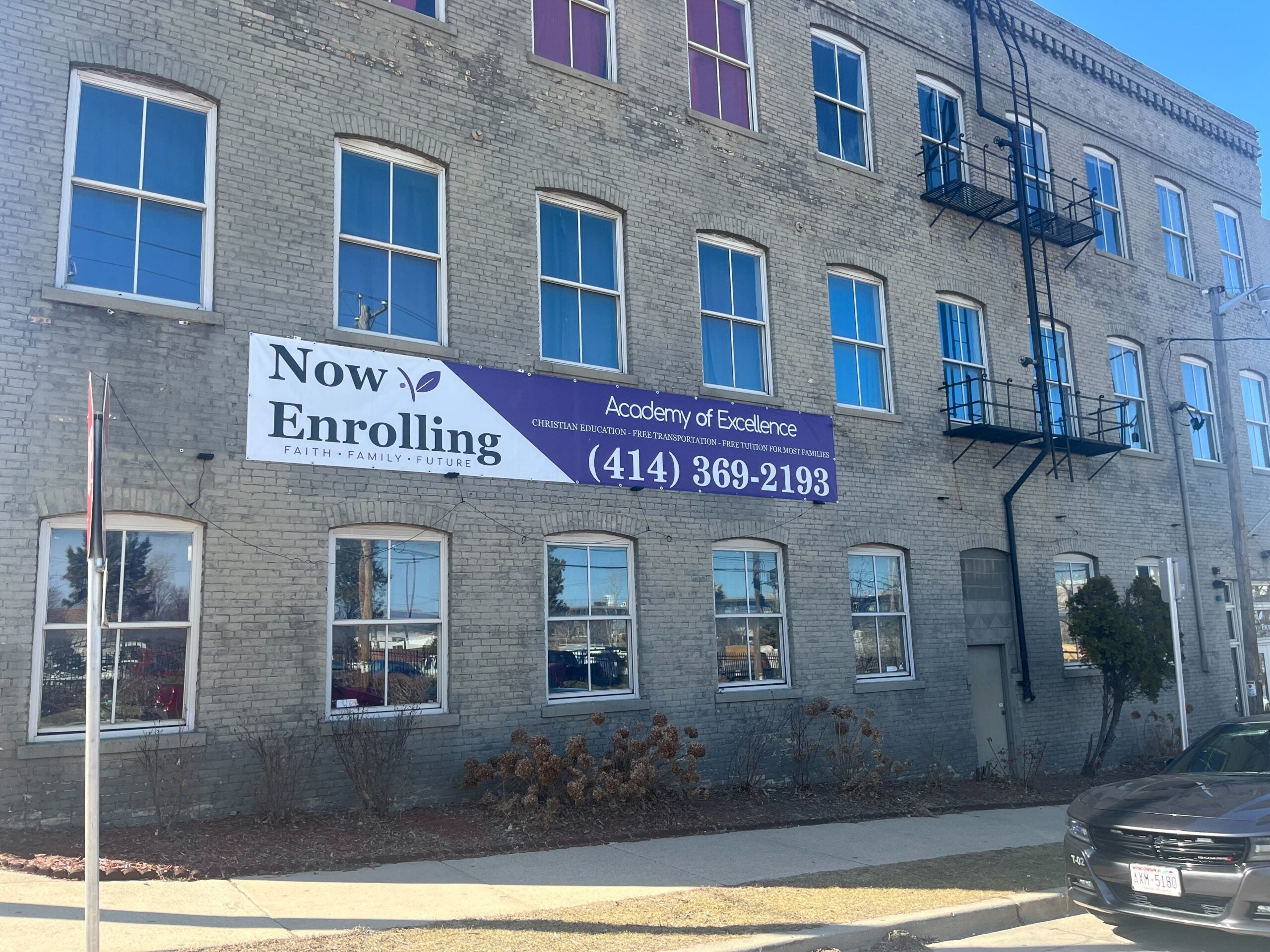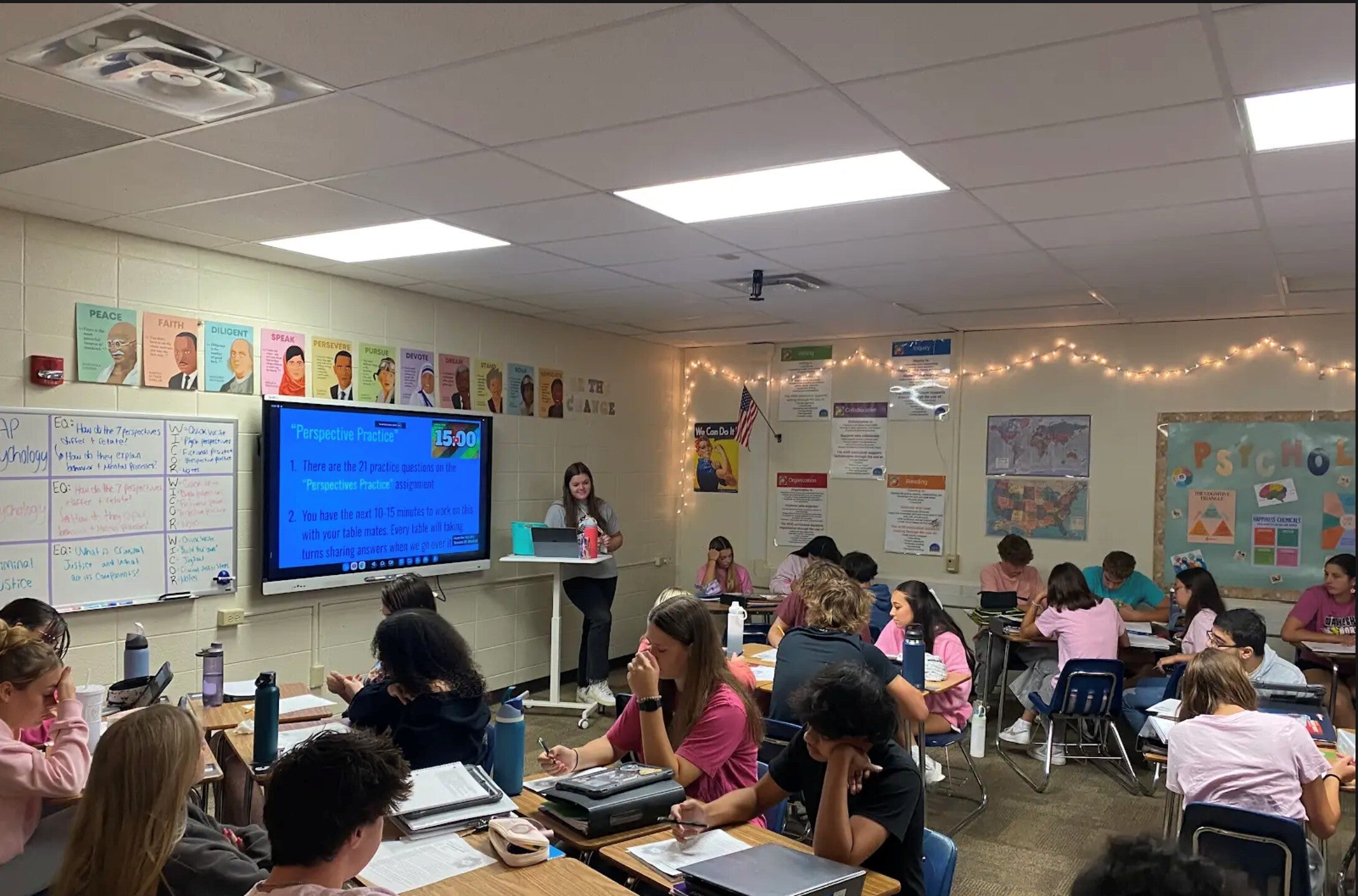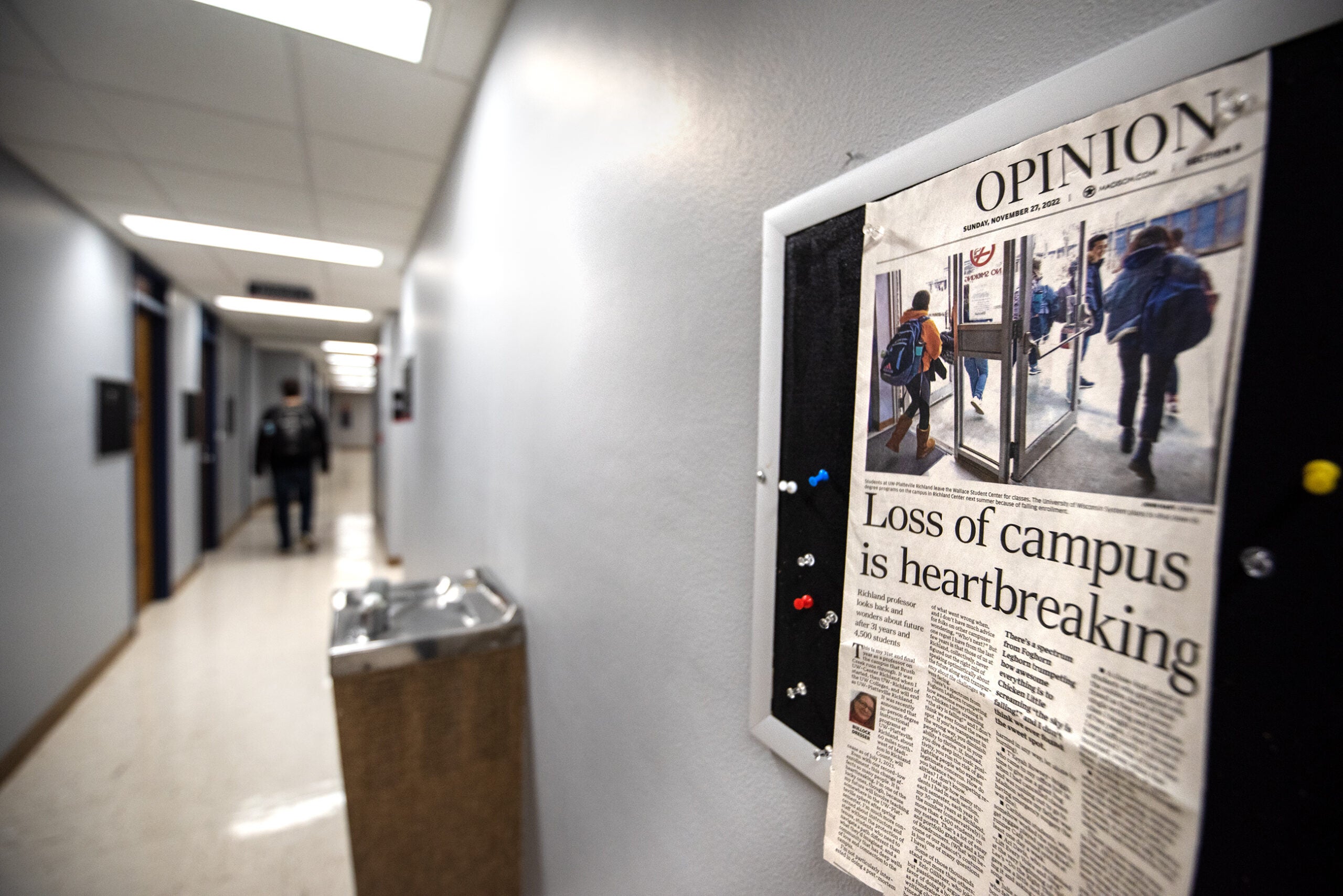Many students in rural areas in Wisconsin and across the country are still facing inequity, according to a new study from the Rural School and Community Trust, a national nonprofit that helps rural schools and communities.
The report looks at the more that 9 million students who attended a rural school last year. That is roughly 1 in 5 students in the United States, more than the nation’s 85 largest school districts combined.
“While some rural schools thrive, others and their communities continue to face devastating obstacles in the education and well-being of children,” said Robert Mahaffey, the executive director of the Rural School and Community Trust, in a statement.
Stay informed on the latest news
Sign up for WPR’s email newsletter.
While the report found numerous states provide a disproportionately large share of funding for rural school districts, Wisconsin was among 12 states that provided less. In Wisconsin, rural districts get less state funding per student than urban and suburban districts. It typically costs rural district more to serve each student.
“What that suggests is the state may not be making up the difference for a lot of rural schools and their budgets,” said Alan Richard, a board member of the Rural School and Community Trust. “There are some rural or smaller school districts in Wisconsin that are in a budget squeeze and that limits the kinds of resources they are able to raise on their own because there may not be a local tax base.”
On Tuesday, residents in Wisconsin’s Palmyra-Eagle School District voted in an advisory referendum to dissolve the district. The state Department of Public Instruction has four public hearings about the district’s proposed dissolution scheduled for the remainder of the month and one in December.
Kim Kaukl, director of the Wisconsin Rural Schools Alliance, told WPR that many rural schools across the state are stuck under revenue caps and are still working to return to pre-recession funding levels in some cases. He said he isn’t surprised by the findings in the Rural School and Community Trust report and that they’ve been pushing for additional funding for years.
“Many rural school systems have a hard time raising that tax money locally to supplement state funds for education,” Richard explained. “If a rural community just has fewer businesses and homes and doesn’t have much of a local tax base, it creates a lot of inequities that the state is responsible for stepping in and helping make up.”
The report listed Wisconsin as the 44th highest-need state.
Although the state only has around 160,000 students that live in rural areas, the majority of Wisconsin’s schools are considered rural, according Richards. Nearly one in five Wisconsin students attend school in a rural district. The state also had the 16th highest poverty disadvantage in the report.
Despite the lack of funding, Wisconsin’s rural students are more likely to take Advanced Placement exams and enroll in early college programs than their peers around the country.
The study measured states’ condition of rural education using five gauges: importance of rural education in the state, student and family diversity, educational policy, educational outcomes and college readiness.
Data was compiled from information collected by the National Center for Education Statistics, the U.S. Department of Education and the U.S. Census Bureau.
Wisconsin Public Radio, © Copyright 2025, Board of Regents of the University of Wisconsin System and Wisconsin Educational Communications Board.
